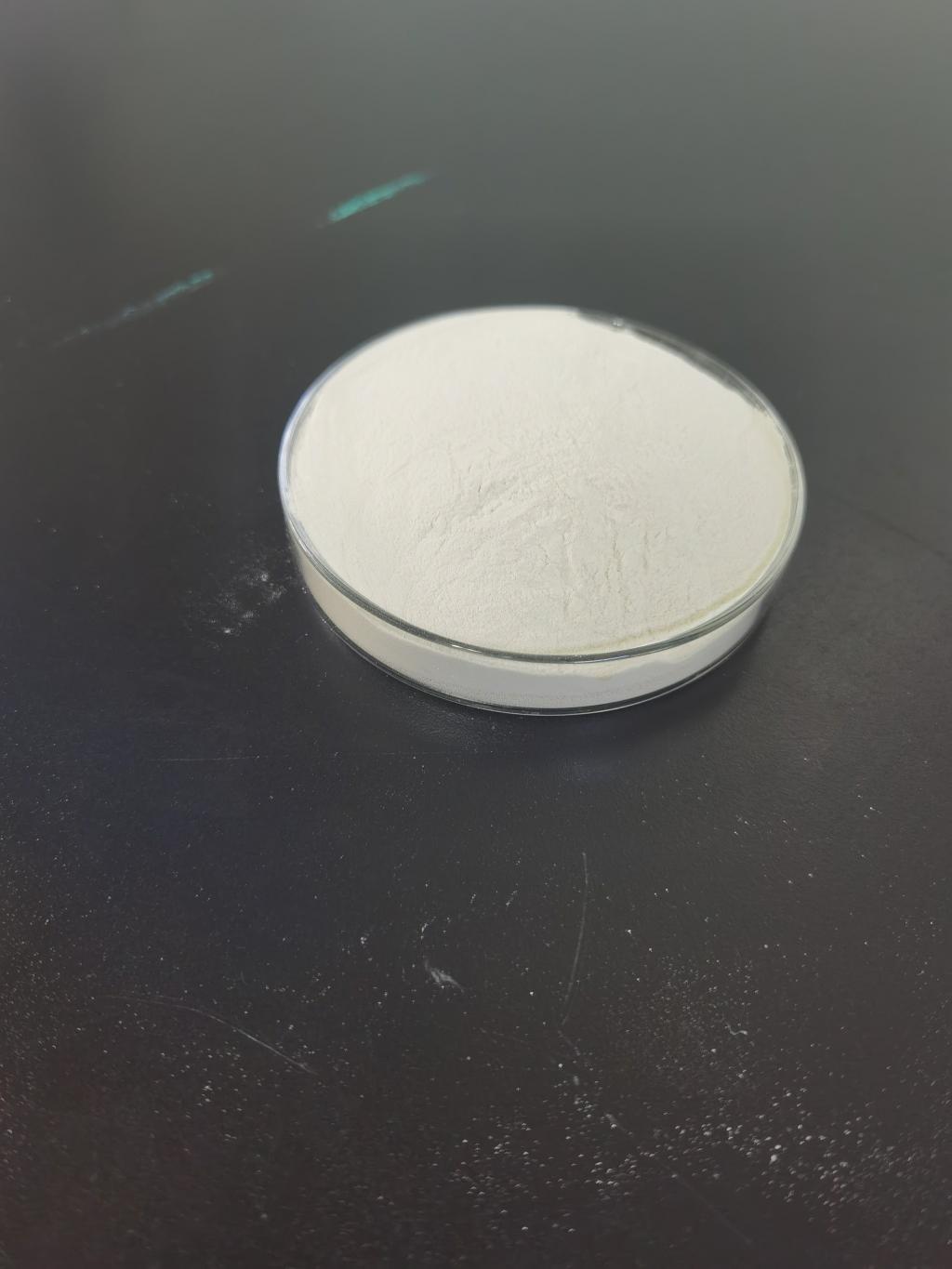Tel:+8618231198596

News
 CONTACT
CONTACT
 CONTACT
CONTACT
- Linkman:Linda Yao
- Tel: +8618231198596
- Email:linda.yao@dcpharma.cn
- Linkman:CHARLES.WANG
- Department:Overseas
- Tel: 0086 0311-85537378 0086 0311-85539701
News
Nisin's Contribution to Clean Label Trends in the Food Industry
TIME:2024-01-12
Clean Label Trends and Consumer Expectations:
Clean label trends reflect a shift in consumer preferences toward foods with fewer and easily understandable ingredients. Consumers are becoming more conscious of what goes into their food and are seeking products that are minimally processed, free from artificial additives, and sourced from natural ingredients. This growing awareness has led to an increased demand for clean label products across various food categories.
Nisin's Natural Origin:
Nisin's contribution to clean label trends is rooted in its natural origin. Produced by certain strains of lactic acid bacteria, particularly Lactococcus lactis, nisin is a naturally occurring antimicrobial peptide. Its derivation from bacteria aligns with the clean label philosophy, as it avoids the use of synthetic preservatives and chemical additives commonly found in conventional food products. The natural origin of nisin resonates well with consumers seeking clean and transparent food choices.
Mechanism of Action: A Selective Approach to Food Preservation:
One of the remarkable aspects of nisin is its selective mechanism of action. Nisin targets specific bacteria by disrupting their cell membranes, leading to cell death. Unlike broad-spectrum chemical preservatives, nisin's action is focused, affecting harmful bacteria while leaving beneficial microorganisms untouched. This selectivity is a crucial factor contributing to its appeal in clean label formulations, as it aligns with the desire for more targeted and naturally derived food preservation methods.
Nisin's Applications in Clean Label Foods:
Nisin's versatility allows its incorporation into a wide range of clean label food products. It has found applications in dairy, meat, poultry, bakery items, and ready-to-eat foods, contributing to the safety and shelf life extension of these products. The clean label appeal of nisin lies not only in its natural origin but also in its ability to address microbial challenges without resorting to chemical additives.
a. Dairy Products: Nisin has been successfully utilized in clean label dairy products, particularly in cheese manufacturing. Its role in controlling the growth of spoilage and pathogenic bacteria enhances the safety and quality of cheeses while aligning with the clean label trend.
b. Meat and Poultry: Nisin's application in clean label meats and poultry products helps address bacterial contamination challenges without compromising the simplicity of ingredient lists. Whether applied directly or through active packaging, nisin contributes to the safety and shelf life of these products.
c. Bakery Items: Clean label bakery products benefit from nisin's antimicrobial properties, which combat mold and bacterial contamination. Its stability under various baking conditions makes it an attractive choice for clean label formulations in bread, cakes, and other baked goods.
d. Ready-to-Eat Foods: The convenience of ready-to-eat meals often comes with concerns about microbial safety. Nisin's incorporation into these foods ensures clean label appeal by providing a natural and effective solution to enhance their safety and shelf life.
Regulatory Considerations:
Navigating regulatory frameworks is essential for incorporating nisin into clean label formulations. In many regions, including the European Union and the United States, nisin is approved as a food additive. Meeting regulatory requirements ensures that clean label products featuring nisin maintain compliance with food safety standards and consumer expectations. Transparent communication about nisin's regulatory status further reinforces the clean label appeal of products containing this natural preservative.
Consumer Perception and Communication:
Effective communication plays a crucial role in shaping consumer perception of clean label products containing nisin. Clearly conveying the natural origin and selective antimicrobial action of nisin helps build trust and transparency. Highlighting its role in enhancing food safety without resorting to synthetic additives resonates with consumers seeking cleaner and more wholesome food options.
Addressing Challenges in Clean Label Formulations:
While nisin contributes significantly to clean label trends, challenges must be addressed. Maintaining stability in various food matrices, optimizing formulations for different products, and ensuring cost-effectiveness are ongoing considerations for manufacturers. Collaboration between researchers, food technologists, and regulatory bodies is vital to overcoming these challenges and further enhancing the viability of nisin in clean label formulations.
Future Perspectives:
As clean label trends continue to shape the food industry, the future of nisin in clean label formulations looks promising. Ongoing research may lead to innovations in delivery systems, combinations with other natural preservatives, and optimized formulations that cater to specific product categories. The evolving landscape of clean label expectations will likely drive continued exploration and application of nisin in diverse food products.
Conclusion:
Nisin's contribution to clean label trends in the food industry highlights its potential as a natural preservative that aligns with consumer demands for transparency and simplicity. With its natural origin, selective antimicrobial action, and versatility in various food applications, nisin emerges as a valuable tool for manufacturers seeking to enhance the safety and shelf life of their products while maintaining clean label appeal. As the clean label movement continues to gain traction, the role of nisin in fostering a new era of natural and transparent food preservation is likely to expand, shaping the industry's response to evolving consumer preferences.
- Tel:+8618231198596
- Whatsapp:18231198596
- Chat With Skype







